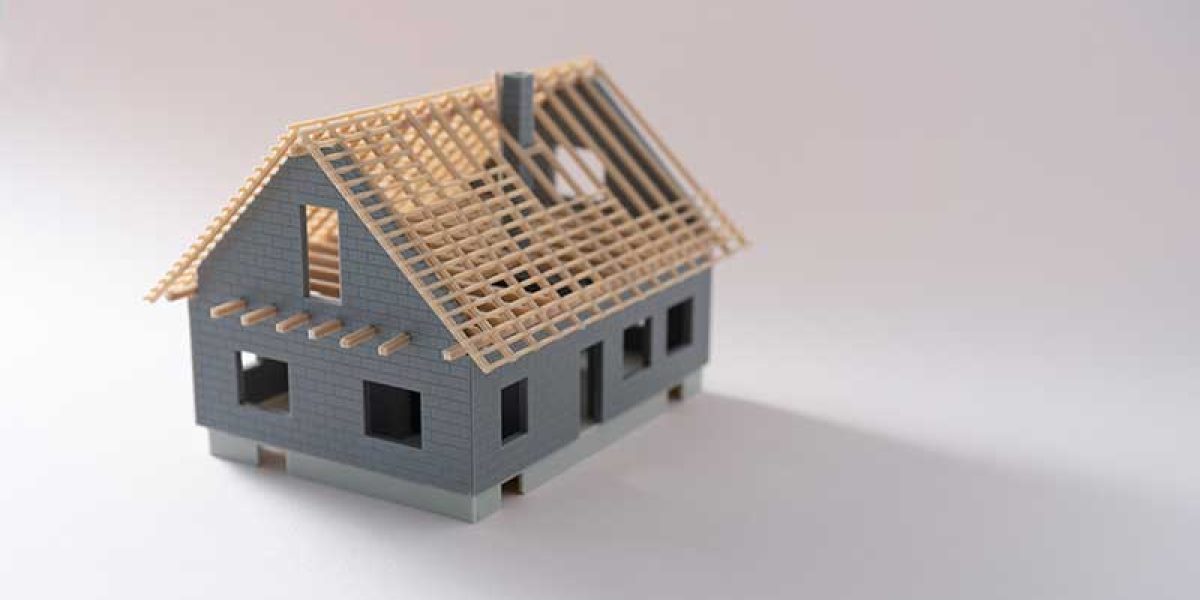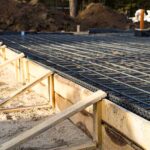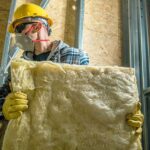The introduction of 3D printing technology has sparked innovation in a variety of industries, but its impact on the construction sector promises more than simply evolution, but a full-fledged revolution. This transformative approach not only pushes the boundaries of design and architecture, but it also makes a substantial contribution to construction project sustainability, efficiency, and cost reduction. Let’s look at how 3D printing is altering the future of construction, transforming once-fanciful concepts into tangible realities (pun intended).
Breaking New Ground in Building Design
One of the most striking benefits of 3D printing in building is the unrivalled design flexibility it provides. Traditional building methods frequently restrict the intricacy and distinctiveness of designs due to logistical, technical, and financial constraints. However, thanks to 3D printing, architects and engineers can now create elaborate designs that were previously thought to be impractical or unattainable. This breakthrough gives up new possibilities for creativity and customisation, enabling the design of structures with optimum geometry for improved performance and aesthetic appeal.
Improving Efficiency and Reducing Waste
Efficiency in construction involves more than just speed; it is also about reducing waste and optimizing material use. 3D printing excels in all of these areas by depositing materials precisely where they are required, layer by layer, to construct a building. This process generates significantly less waste than typical construction techniques, which can require cutting off considerable amounts of materials that remain unused. Furthermore, 3D printing can considerably accelerate the construction process by printing building components off-site and quickly assembling them on-site, or even printing directly on-site, lowering the project timeframe.
Lowering costs and improving sustainability
The cost benefits of adopting 3D printing in building are numerous. Reduced material waste, lower labor costs, and shorter project schedules all contribute to a more cost-effective construction process. Furthermore, 3D printing improves sustainability not only by increasing material efficiency, but also by allowing the use of environmentally beneficial materials. Research and progress in this field have resulted in the use of recycled materials, including local soil in some cases, to produce more sustainable and environmentally conscious structures.
Real-World Applications and Future Prospects
The practical applications of 3D printing in building are already being shown all over the world. From residential dwellings and office buildings to bridges and even military barracks, the number of projects that use this technology is growing. These pioneering projects demonstrate the viability and benefits of 3D printed construction, paving the path for wider adoption in the future.
Looking ahead, the possibilities for 3D printing in construction are limitless. As technology progresses, we should expect even higher efficiency, with entire buildings being printed in a matter of days. Furthermore, when we face global difficulties such as housing shortages and the need for sustainable growth, 3D printing provides a promising solution, allowing us to construct more with less.
3D printing in construction is more than simply a new technology; it represents a material revolution that is poised to alter the industry. By enabling more intricate designs, lowering waste and costs, and encouraging sustainability, 3D printing is ushering in a new era of construction. As we continue to study and enhance the capabilities of this technology, the future of building and design appears to be more imaginative, inclusive, and ecologically friendly. The revolution has arrived, and it is being printed, layer by layer.








